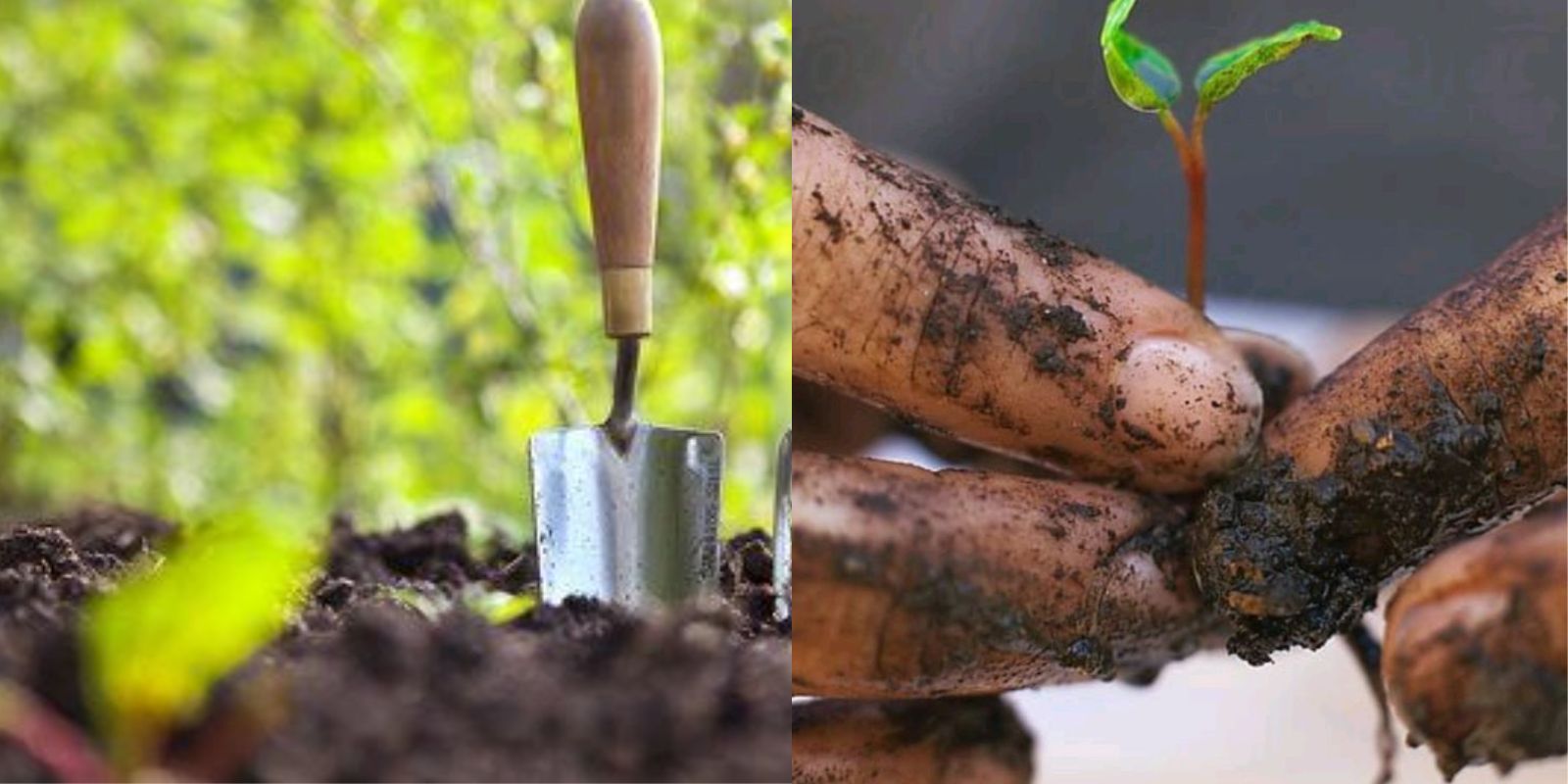Watering is a fundamental aspect of gardening, crucial for maintaining healthy plants and conserving water resources. However, many gardeners inadvertently make mistakes that can harm their plants and lead to significant water waste. By understanding and correcting these common watering errors, you can ensure your garden thrives while practicing more sustainable watering methods. This article will explore seven common watering mistakes and provide practical tips for avoiding them.
1. Overwatering
Description: Overwatering is one of the most prevalent gardening mistakes. It occurs when plants receive more water than they need, leading to various issues.
Impact: Excessive water can cause root rot, which suffocates roots by reducing oxygen levels in the soil. This condition can lead to poor plant health, stunted growth, and even plant death. Overwatered soil can also become a breeding ground for pests and diseases.
Solution: To avoid overwatering, check the soil moisture before watering. Stick your finger into the soil up to the first knuckle. If it feels moist, wait before watering again. Additionally, ensure your garden beds have proper drainage to prevent waterlogging.
2. Watering at the Wrong Time
Description: Watering at the wrong time of day can lead to inefficient water use and plant health issues.
Impact: Watering during the hottest part of the day causes rapid evaporation, meaning much of the water never reaches the plant roots. Watering late in the evening can leave the soil damp overnight, promoting fungal growth and other diseases.
Solution: Water your garden early in the morning or late in the afternoon. This timing allows water to soak into the soil before it evaporates and helps reduce the risk of fungal infections.
3. Inconsistent Watering
Description: Inconsistent watering refers to irregular watering schedules, where plants receive varying amounts of water.
Impact: Inconsistent watering can lead to stress in plants, causing them to develop shallow root systems and making them more susceptible to drought conditions. It can also lead to uneven growth and reduced yields in fruit and vegetable gardens.
Solution: Establish a regular watering schedule based on your garden’s needs and stick to it. Use a rain gauge to measure rainfall and adjust your watering schedule accordingly to ensure consistent moisture levels.
4. Ignoring Soil Type
Description: Different soil types have varying water-holding capacities, and ignoring this can lead to improper watering practices.
Impact: Sandy soils drain quickly and may require more frequent watering, while clay soils retain water longer and can become waterlogged if overwatered. Ignoring soil type can lead to either under or overwatering, negatively affecting plant health.
Solution: Assess your soil type and adjust your watering practices accordingly. Sandy soils may need more frequent but lighter watering, while clay soils may require less frequent, deeper watering. Incorporate organic matter into the soil to improve its water-holding capacity and drainage.
5. Using the Wrong Tools
Description: The choice of watering tools can greatly impact the effectiveness and efficiency of watering.
Impact: Using tools like a garden hose with a high-pressure nozzle can lead to runoff and erosion. Sprinklers that distribute water unevenly can waste water and fail to adequately cover all plants.
Solution: Use appropriate watering tools such as soaker hoses or drip irrigation systems. These tools deliver water directly to the plant roots and reduce evaporation and runoff. For larger gardens, consider installing a timed irrigation system to ensure even and efficient watering.
6. Not Adjusting for Weather
Description: Failing to adjust your watering practices based on current weather conditions can lead to inefficient water use.
Impact: During rainy periods, continued watering can contribute to waterlogging and root rot. Conversely, during dry spells or heatwaves, inadequate watering can lead to plant stress and reduced growth.
Solution: Monitor weather forecasts and adjust your watering schedule accordingly. Use a rain gauge to measure rainfall and reduce watering during wet periods. Increase watering during hot or dry conditions, but be mindful not to overwater.
7. Neglecting Plant Needs
Description: Different plants have varying water requirements, and neglecting these needs can result in poor plant health.
Impact: Plants that require more water may suffer if they receive too little, while drought-tolerant plants may suffer from excessive watering. Neglecting specific plant needs can lead to poor growth, reduced flowering or fruiting, and increased susceptibility to pests and diseases.
Solution: Research the specific water requirements of the plants in your garden. Group plants with similar water needs together to streamline your watering process. Adjust watering amounts based on individual plant requirements and growth stages.
Conclusion
Proper watering is essential for maintaining a healthy and thriving garden, but common mistakes can lead to plant damage and water waste. By avoiding overwatering, watering at the wrong times, and neglecting soil type and plant needs, you can improve your garden’s health and practice more efficient water use. Implementing consistent watering schedules, using the right tools, and adjusting practices based on weather conditions will help you create a sustainable and vibrant garden.
Call to Action
Do you find yourself making any of these watering mistakes in your garden? Share your experiences, tips, or questions about garden watering in the comments below, and join the conversation on how to improve your watering practices for a healthier, more sustainable garden!

